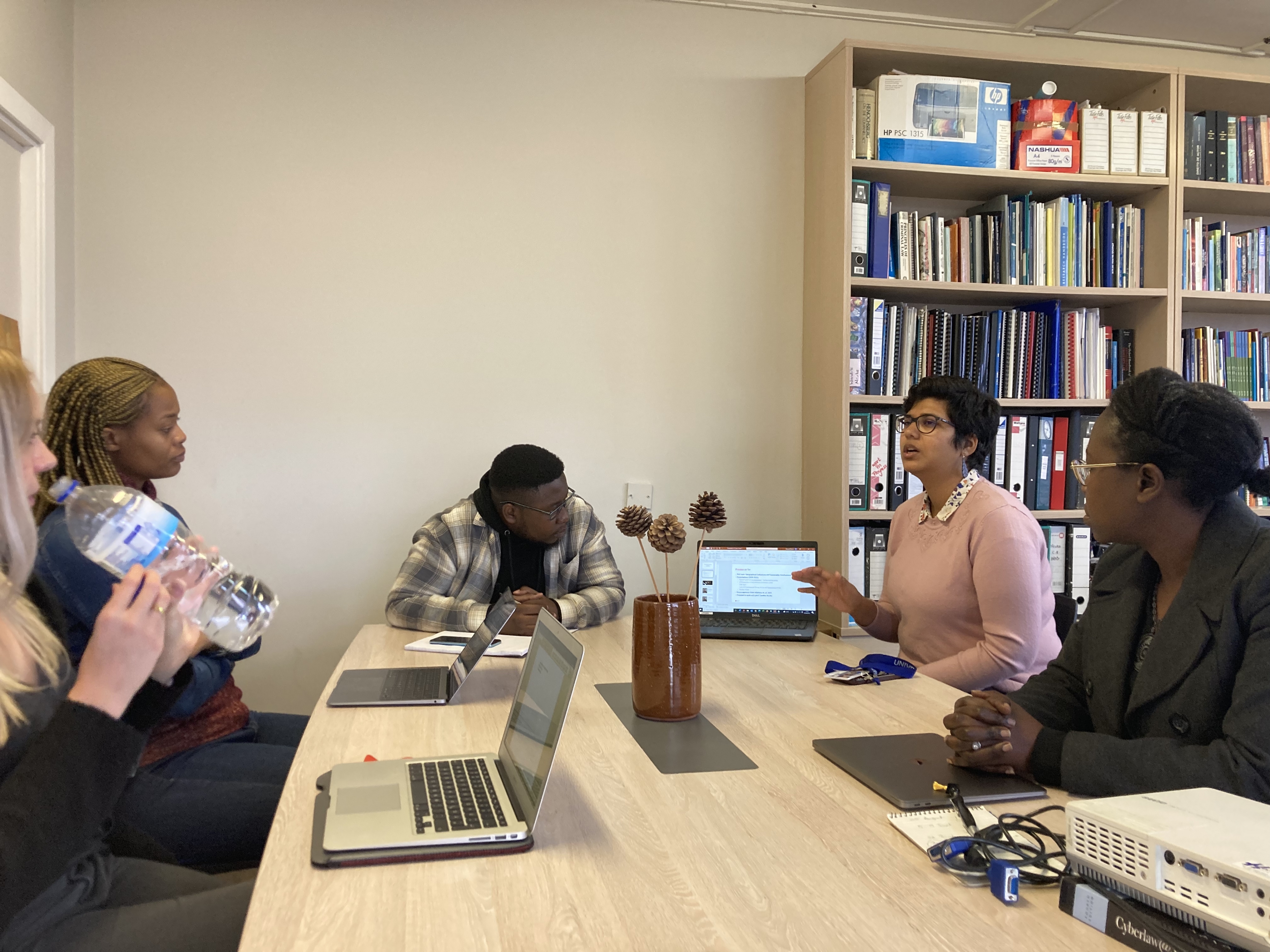Experiencing food and culture through the lens of Geographical Indications law

Where does this wine come from? Which is the most South African dish on the menu? Is this Shweshwe fabric?
Ever since I started studying Geographical Indications (GIs), I can’t help but be curious about such questions. The answers are interesting and reveal a lot about whether and how we essentialise or standardise food and culture. GIs are defined in Article 22.1 of the TRIPS Agreement but there are many different ways of protecting origin-linked products in WTO member countries. In 2016, South Africa as part of the SADC signed an economic partnership agreement with the EU wherein EU would protect more than 100 South African names and South Africa would protect more than 250 product names. From a GI perspective, scholars are concerned with whether such economic partnership agreements are a positive development for developing countries such as South Africa. Firstly, because of the power imbalance between the EU and the developing countries, which can result in the EU imposing a particular style of protection which favours its trade products. Secondly, because there is little empirical evidence that GI products from developing countries benefit from the same success in international markets that European products benefit from. Finally, others have powerfully argued, specifically with the example of Rooibos that GIs can ignore “colonial histories of dispossession” and further perpetuate neo-colonial labour relations and unequal access to resources. Despite these concerns, the EU style sui-generis regime of GI protection is gaining ground in Africa and specifically in South Africa. The Continental Strategy for Geographical Indications in Africa 2018-2023 shows a preference towards sui-generis GI protection and sees GIs as a tool for sustainable rural development, given certain conditions are fulfilled. In South Africa, new Regulations were issued under the Agricultural Product Standards Act which provide for the protection of agricultural GIs through a sui-generis protection regime. In my time here, I learnt about the work of Sadulla Karjiker who is taking a critical approach towards these developments and demanding coherence between the justification for protecting GIs and GI law in South Africa.

It is an empowering feeling when you discover that there have been so many other authors writing about the colonial roots of IP and the need for decolonisation. To name a few, Chidi Oguamanam, Rosemary Coombe, Ruth Okediji, Ikechi Mgbeoji, Titilayo Adebola, and Caroline Ncube from UCT. Naturally, my encouragement grant proposal was to be able to come and discuss my ideas with prof. Ncube. My interactions with her and her research team have been very inspiring. An additional motivation to visit South Africa was because Rooibos is one of my case studies. Considering the industry’s efforts in including biodiversity concerns in their practice, it is a good example for someone connecting GI law with sustainability. Whether it is a good example so far as decoloniality is considered, is yet to be discovered. In 2019, the San and the Khoi peoples entered into a benefit-sharing agreement with the Rooibos Council that allows them 1.5% of all the sales at the farmgate. The first payout was made in July 2022. While some have hailed this as a win, several others have been critical about the people the agreement excludes. In the last month, I have been collecting secondary research on Rooibos and have been enjoying the peace in the UCT libraries to write my thesis. I also had the opportunity to be invited to participate in the AHRC 2022 at the University of Pretoria, which further shaped my thoughts on the intersection between GIs and Human Rights law.
On a rainy Saturday evening, I visited the Bay Harbour market to get some souvenirs. The first stall that attracts my eye is that selling colourful grater plates. This is quite innovative and the seller informs us that part of the profits go to the artists in the Khayelitsha township. As you may expect, I am once again curious about whether they know this is a subject of IP rights. Does it matter? Has IP managed to make itself relevant? I do not know if this is one of the products included in the EU-SADC Agreement for protection as a Geographical Indication in South Africa and in the EU and if this list even includes non-agricultural products. I decide to keep these questions to myself and think of a quote by Donna Harraway that just lingers in my mind these days -“History is a story Western culture buffs tell each other; science is a contestable text and a power field; the content is the form. Period.”
Devanshi Saxena 31 August 2022
Devanshi Saxena is a PhD researcher at the Faculty of Law, University of Antwerp. She is affiliated with the Research Groups Governance & Law and Law & Development. She is an international research affiliate at the DSI-NRF Research Chair: Intellectual Property, Innovation and Development, University of Cape Town (August 2022). Her research stay funded by an encouragement grant Matheiu et al. 2021 from the Research Council, University of Antwerp.